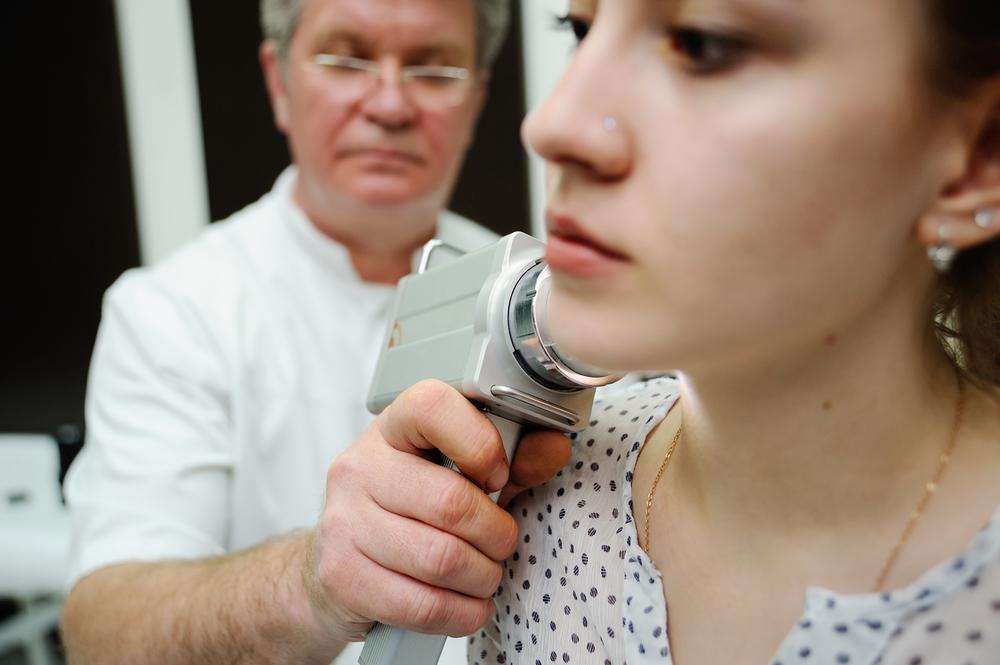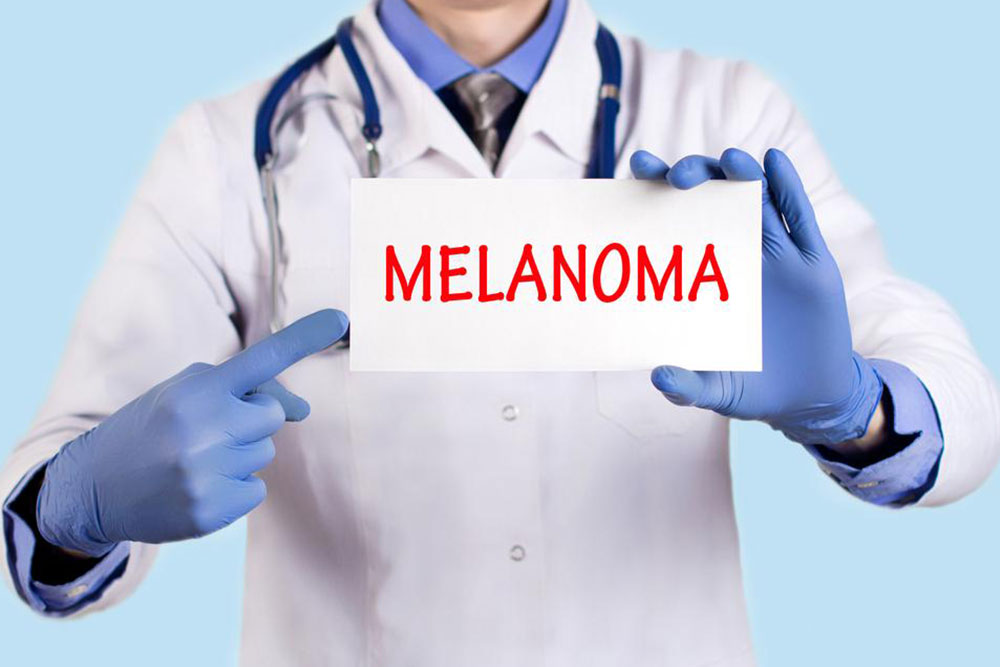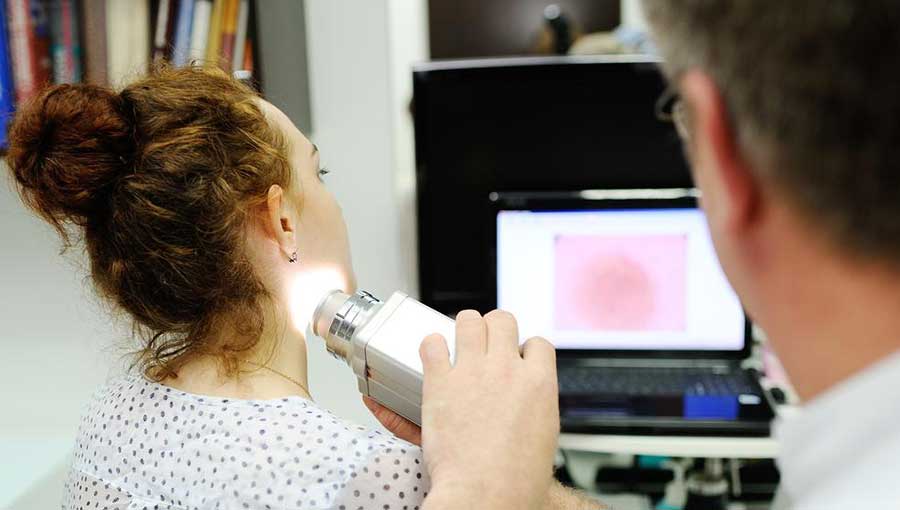Understanding Melanoma: Risks, Signs, and Treatment Options
Melanoma is a dangerous skin cancer linked to UV exposure, with symptoms including unusual moles and skin changes. Early diagnosis and treatment are crucial for better outcomes. Knowledge of risk factors like skin type, moles, and family history can aid prevention and early detection. Seek professional medical advice if symptoms appear to ensure timely intervention.

Melanoma is a severe form of skin cancer originating in melanocytes, the cells responsible for producing skin pigment. While it can develop in other body parts like the eyes or internal organs, the skin remains the most common site. Excessive exposure to ultraviolet (UV) rays damages the DNA in skin cells, triggering mutations that lead to abnormal cell growth. This uncontrolled proliferation creates tumors, moles, and blemishes. The incidence of melanoma is rising due to increased sun exposure and sunburns. Key risk factors include fair skin, pre-existing moles, family history, and weakened immunity. Early detection through noticeable changes in moles and prompt treatment like surgery and immunotherapy are vital. Always consult healthcare professionals for diagnosis and management.










